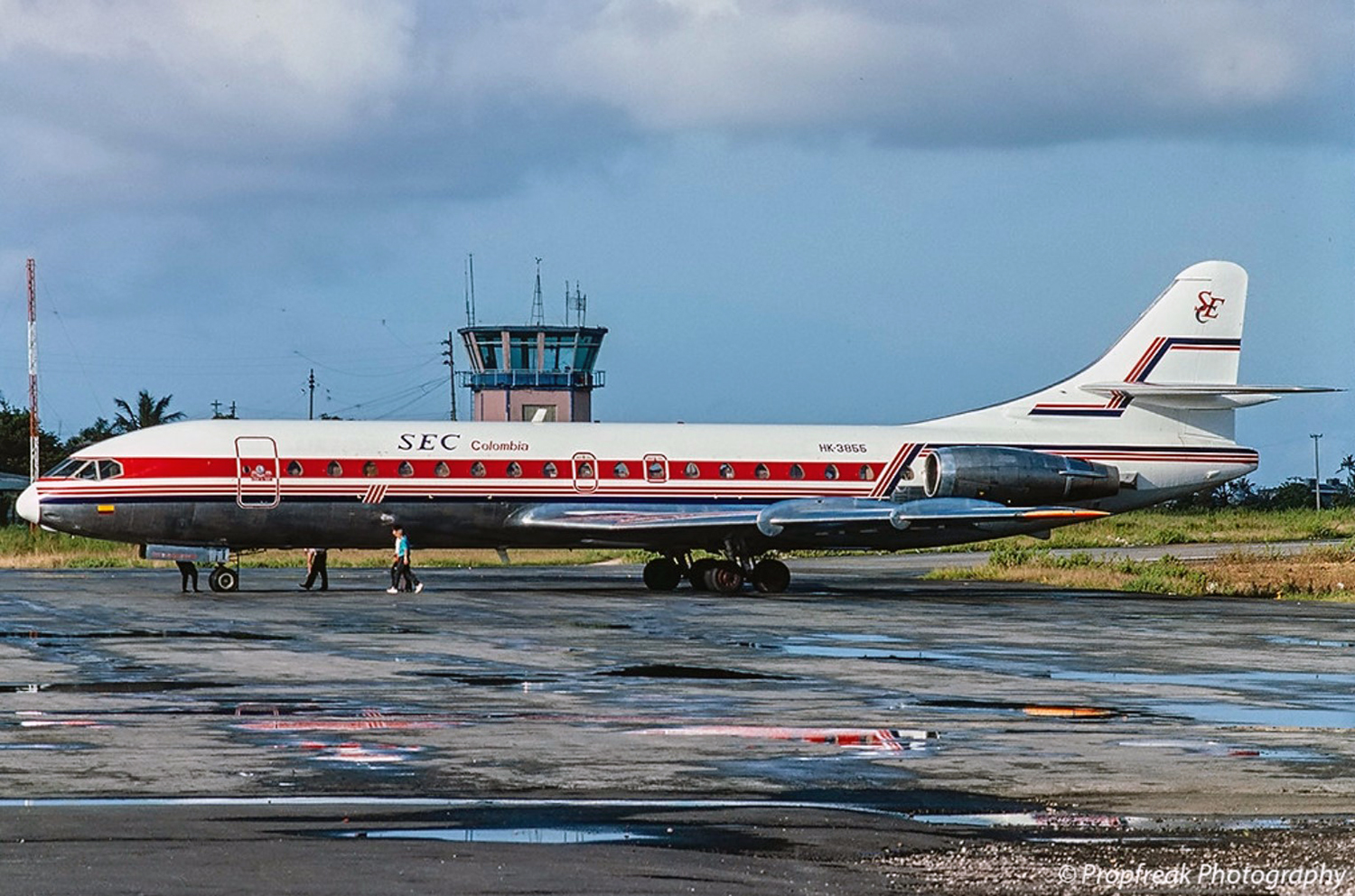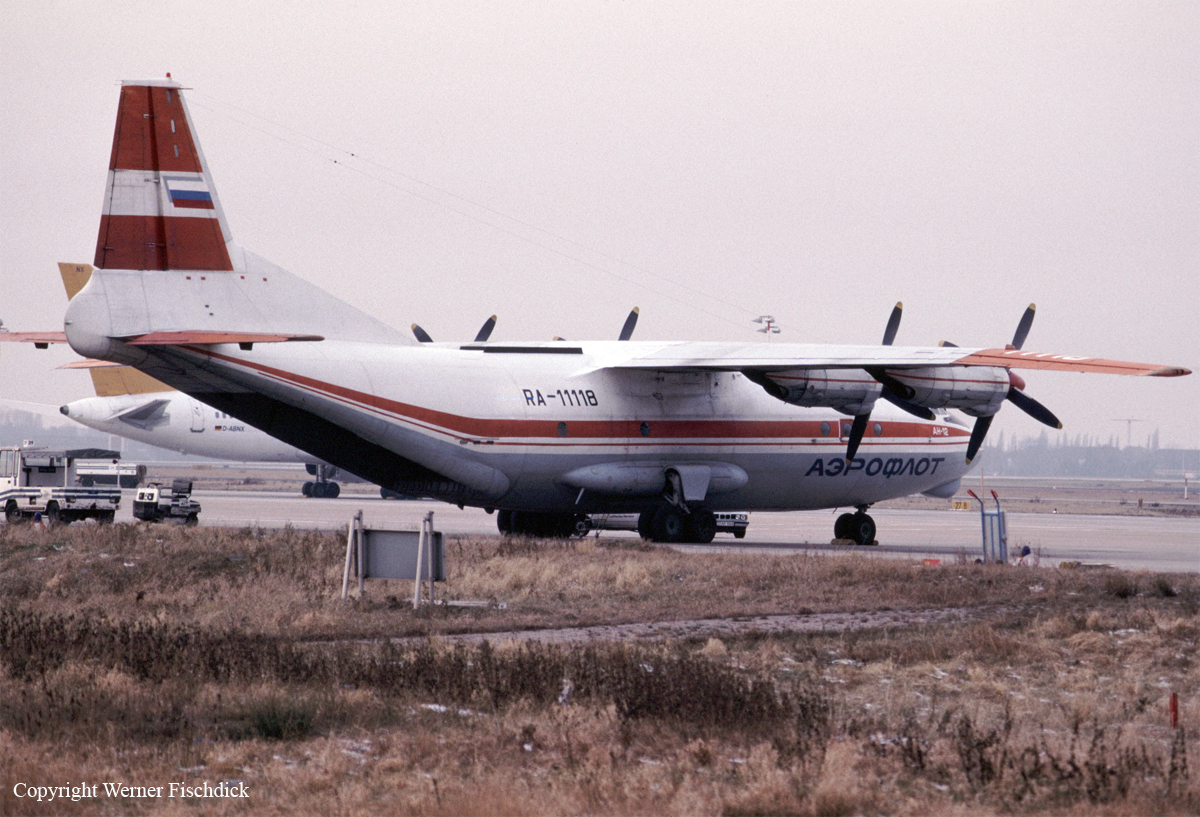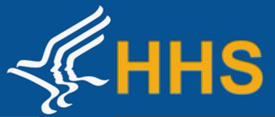Crash of a Cessna 414 Chancellor in Defiance: 1 killed
Date & Time:
Mar 19, 1994 at 1355 LT
Registration:
N1576T
Survivors:
No
Schedule:
Lancaster - Defiance
MSN:
414-0356
YOM:
1972
Crew on board:
1
Crew fatalities:
Pax on board:
0
Pax fatalities:
Other fatalities:
Total fatalities:
1
Aircraft flight hours:
2094
Circumstances:
Just prior to the accident the airplane was seen on final approach flying in an erratic manner at a low altitude. Two witnesses riding in a car wrote they saw the airplane, 'going up and down toward the ground. We could hear a faint clicking noise, and the propellers were going around slowly.' The witnesses saw the airplane take 'a short nosedive and crashed.' They wrote that the airplane was not traveling 'very fast and it was pretty level to the ground.' The witnesses could not hear the engines because they were in a car. According to fuel records, the pilot of N1576T put 112 gallons of fuel on board the airplane on march 17, 1994, and the flight started at 1030 on march 19, 1994. The accident occurred at 1355, for a total flight time of 3 hours and 25 minutes. Using fuel consumption data for this aircraft it was estimated that fuel exhaustion would occur after 3 hours and 4 minutes of flight. The pilot, sole on board, was killed.
Probable cause:
The pilot's inadequate inflight decision and planning, which resulted in fuel exhaustion and the total loss of engine power.
Final Report:







